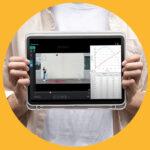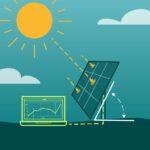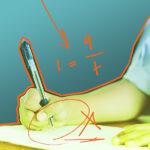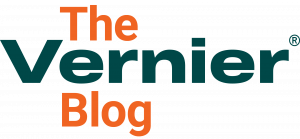
Sharing ideas and inspiration for engagement, inclusion, and excellence in STEM
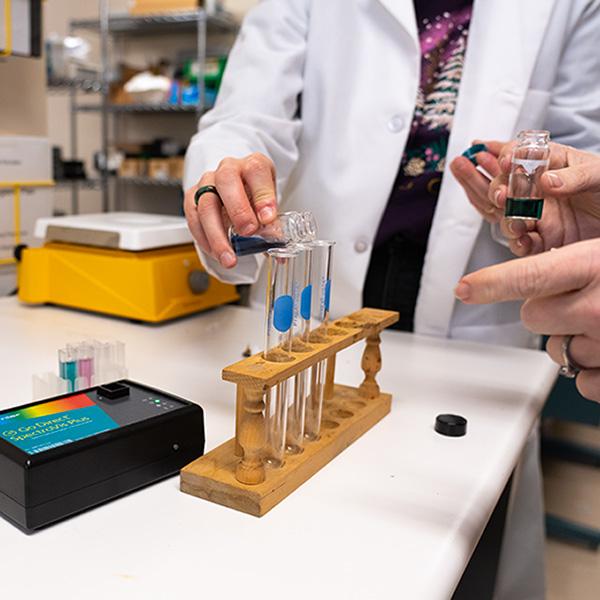
Candace Biggerstaff is a lab manager at the University of Florida, where she supports more than 3,000 general chemistry students each week across multiple lab sections and uses Vernier tools to help them conduct hands-on experiments with real-life applications. In the fall, she oversees a team of around 65 TAs, along with additional undergraduate assistants to keep the labs running smoothly. With a background in environmental engineering, she focuses on everything from equipment setup and safety to TA training and experiment development. In this interview, she shares how Vernier tools help support large-scale instruction and give students opportunities to connect chemistry concepts to timely and relevant real-world challenges.
What does your role as a lab manager look like day to day?
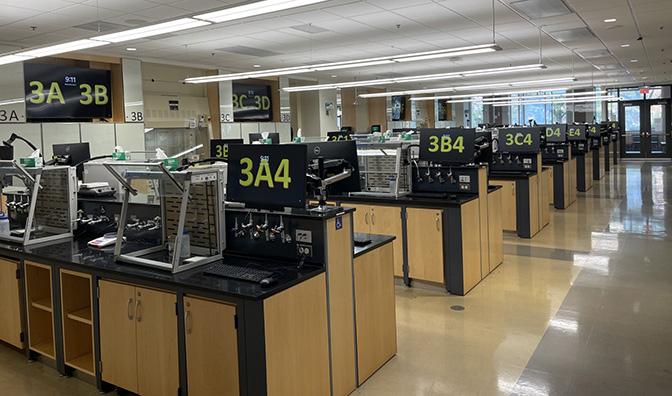
We run five different chemistry courses—Chem 1, Chem 2, Chem 1 for Engineers, Chem 2 for Engineers, and our honors class, 2047. I don’t teach directly—our graduate TAs handle that—but I make sure they have everything they need. I always joke that I’m like a bartender: I make things, pour things, manage supplies, and manage people.
I handle troubleshooting, prep solutions, set up and break down labs, and work on developing new experiments. We run three, three-hour lab blocks a day, back to back, so I spend a lot of time making sure everything is ready for the next group coming in.
What kind of Vernier tools are you using across these courses?
We use around 18 different types of Vernier sensors—the Go Direct® SpectroVis® Plus Spectrophotometer is by far our most used. It’s incredibly versatile and we use it across Chem 2 and our honors and engineering sections. We also use conductivity probes, temperature sensors, pH sensors, CO₂ gas sensors, and radiation monitors.
Overall, the tools are pretty easy for students to work with. Most of the time, if something isn’t working, it’s user error. I’ll go check and say, “Nope, it’s working just fine.” I handle most of the troubleshooting, and I’ve gotten familiar with how to manage the occasional connectivity issue, especially with the spectrometers. But the students pick things up pretty quickly, and the tools do what we need them to do. Your support chat is a lifesaver, though—seriously, please don’t ever get rid of it. It lets me pop in with a question, go do something else, and come back with an answer ready!
What kind of experiments have worked particularly well in your labs?
Our engineering labs are some of my favorites. They’re built around the National Academy of Engineering Grand Challenges, and they run for three weeks instead of one, so students really get to dig in. One of the labs is about access to clean water—students work on removing hardness from water using Vernier conductivity probes. We also do one focused on making solar energy economical, which is basically a calorimetry experiment.
We also have a CO₂ sequestration lab that uses the Vernier CO₂ gas sensors, and an electrolysis lab where students look at how to prevent rust on bridges. That one includes soldering, which they think is great fun.
These labs are very hands-on and tied to real-life problems, which the students really enjoy—especially the engineers. For that kind of mind, it just works better.
We recently added a radiation lab that uses Vernier radiation monitors. It’s now our new kinetics experiment. We generate an isotope that decays in about 12 minutes, so it’s not dangerous. The students can actually listen to it degrade in real time using the monitor, and they test shielding with paper, metal, and other materials to see what blocks different types of radiation. The data we get from that lab is better than anything else we’ve tried for kinetics.
What new labs are you excited about developing?
We just launched a new gel electrophoresis lab that uses Skittles and the SpectroVis Plus, and it ended up being a student favorite. It focuses on identifying food dyes like Red 40. First, students test individual dyes with the spectrometer to see where the peaks show up. Then they extract dyes from Skittles by dissolving them in water, make their own buffer, and run those samples through a gel they pour and set themselves.
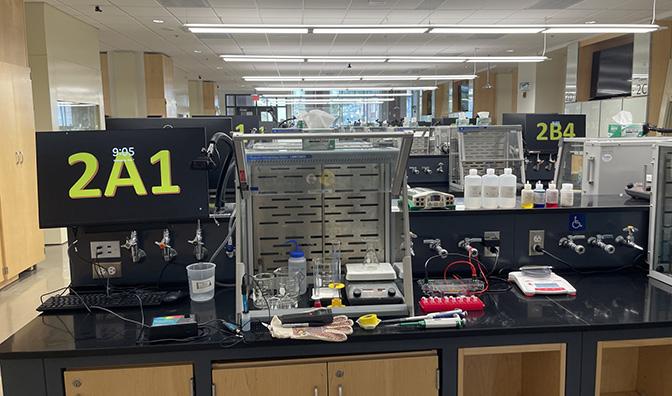
Go Direct SpectroVis Plus Spectrophotometer
Students get to see the dyes separate visually in the gel and then confirm what’s in each candy by running it through the spectrometer. It’s a fun and colorful lab, but also a really practical way to reinforce key Chem 2 concepts like buffer preparation and chromatography. In the past, we’ve just had students make a buffer and test the pH—but in this lab, they actually use the buffer as part of the investigation. It’s a much more meaningful experience for them.
We’re also working on rolling out a new aspirin lab using Vernier melt stations. The goal is to compare the melting points of salicylic acid and acetylsalicylic acid to help students understand the chemical differences between the reactants and the final product. We just got the melt stations in, so it’s still in the planning phase, but I’m excited to see how it comes together.
A Go-To Spectrometer for College Chemistry Labs
Looking to bring more real-world relevance to your general chemistry labs? The Go Direct SpectroVis Plus Spectrophotometer is a versatile tool for introducing fundamental topics like Beer’s law, reaction kinetics, and chromatography. It supports skill-building for chemistry majors and students pursuing technical careers in fields like food science, manufacturing, and quality control.
Here are a few of our favorite resources and experiments to explore and adapt for your general chemistry courses:
- Teaching Equilibrium with Tea and Vernier Sensors (Webinar)
- Analyzing Sports Drinks with Beer’s Law in a Green Chemistry Lab (Experiment)
- True Colors: Separating Food Dyes (Experiment)
- The Synthesis and Analysis of Aspirin (Experiment)
- Exploring Light Through Spectroscopy (Blog)
Learn more about how Vernier solutions support college chemistry education. Questions about our sensors? Reach out to chemistry@vernier.com, call 888-837-6437, or drop us a line in our live chat.
Share this Article
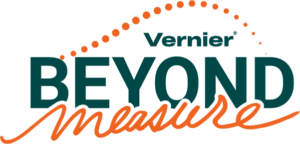
Sign up for our newsletter
Stay in the loop! Beyond Measure delivers monthly updates on the latest news, ideas, and STEM resources from Vernier.

